Optimal Seasons for Waterproofing Application
Waterproofing is a critical component in protecting structures from water intrusion and damage. Proper timing ensures maximum effectiveness and longevity of waterproofing systems. The ideal time for waterproofing depends on weather conditions, temperature, and the specific project requirements. Typically, the best seasons are during dry, mild weather periods when moisture levels are low and temperatures are within the recommended range for application.
Spring offers moderate temperatures and longer daylight hours, making it suitable for waterproofing projects. It allows for thorough curing before the heavy rains of summer.
Summer can be ideal if temperatures are within the recommended range and rain is minimal. Proper planning ensures waterproofing materials cure correctly.
Fall provides cooler temperatures and dry conditions, ideal for waterproofing before winter. It helps prevent water damage during the cold months.
Winter is generally not recommended due to low temperatures and potential freezing conditions, which can hinder application and curing processes.
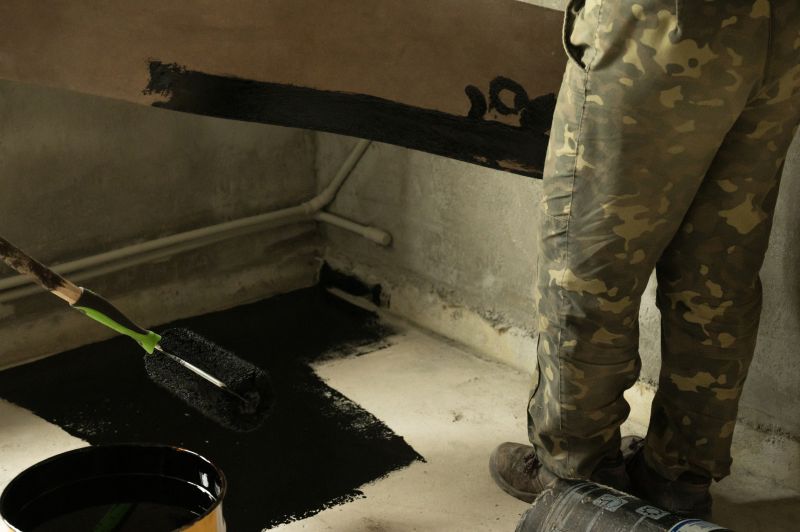
Ways to make Waterproofings work in tight or awkward layouts.

Popular materials for Waterproofings and why they hold up over time.

Simple add-ons that improve Waterproofings without blowing the budget.
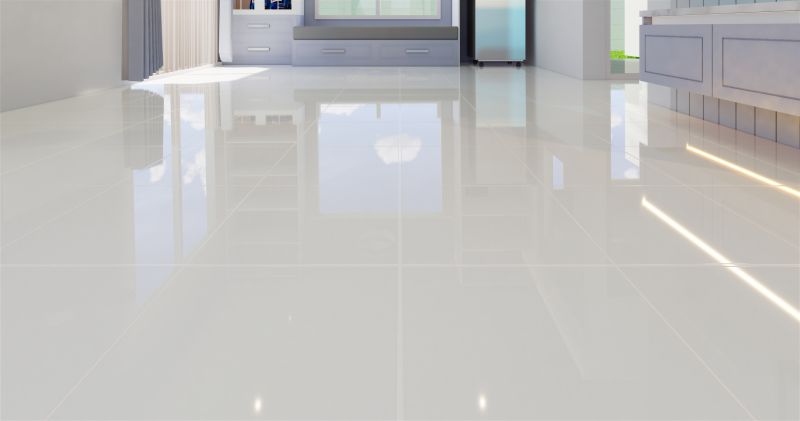
High-end options that actually feel worth it for Waterproofings.
Waterproofings are essential for preventing water intrusion that can lead to structural damage, mold growth, and reduced property value. Proper application during optimal weather conditions enhances adhesion and durability. Waterproofing systems include membranes, coatings, and sealants designed to withstand water pressure and environmental exposure. Statistics indicate that timely waterproofing can extend the lifespan of a structure by decades and significantly reduce maintenance costs over time.

Finishes and colors that play nicely with Waterproofings.
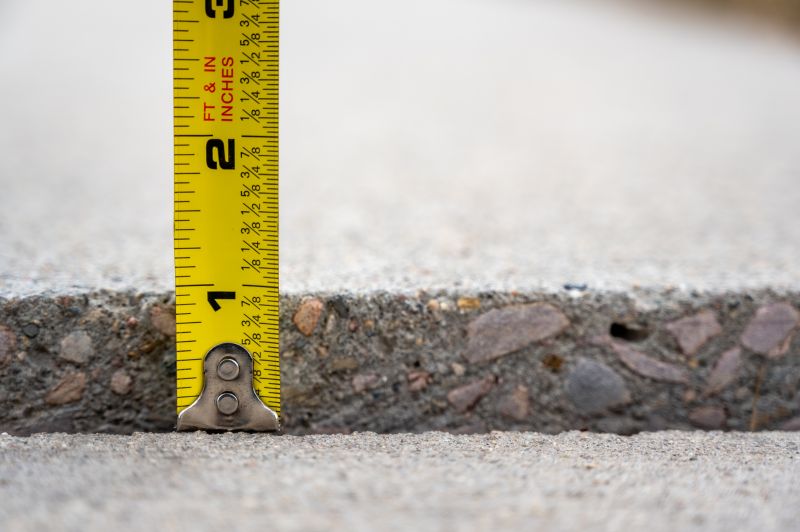
Little measurements that prevent headaches on Waterproofings day.

A 60-second routine that keeps Waterproofings looking new.
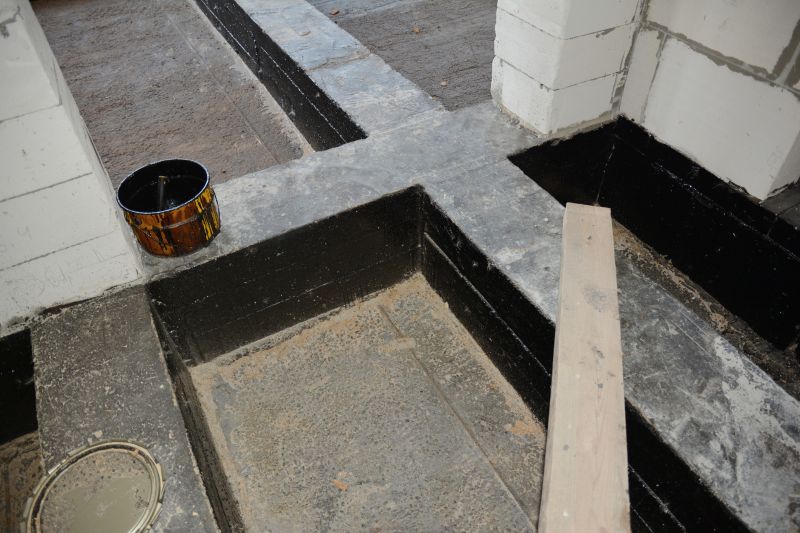
A frequent mistake in Waterproofings and how to dodge it.

Small tweaks to make Waterproofings safer and easier to use.
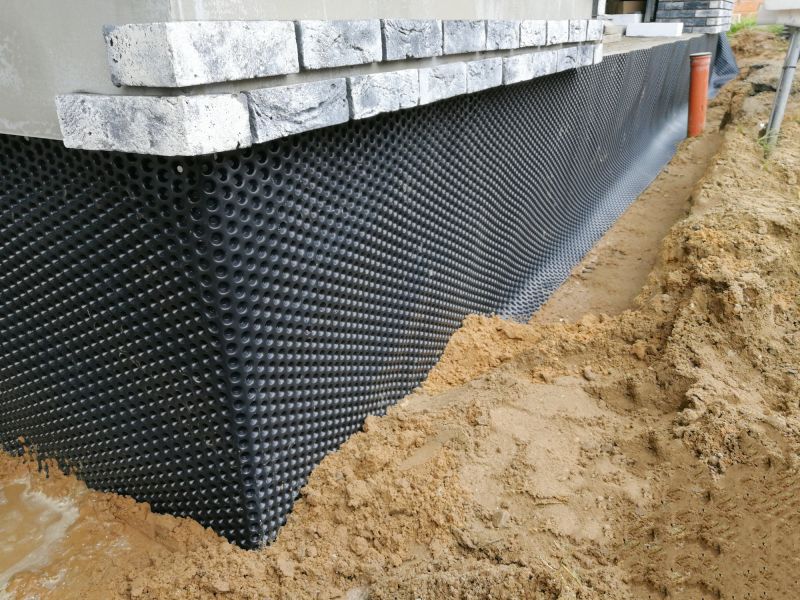
Lower-waste or water-saving choices for Waterproofings.
| Season | Ideal Conditions |
|---|---|
| Spring | Moderate temperatures, low humidity, dry weather |
| Summer | Warm temperatures, minimal rain, stable weather |
| Fall | Cool temperatures, dry conditions, before winter |
| Winter | Not recommended due to freezing temperatures |
Understanding the optimal timing for waterproofing projects can ensure better adhesion, longer-lasting results, and fewer issues related to water intrusion. Selecting the right season based on local climate patterns is essential for the success of waterproofing applications.
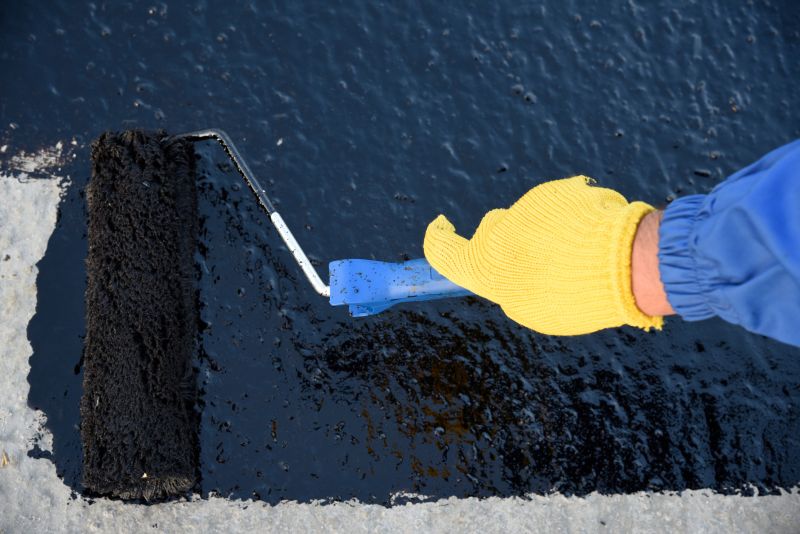
The short, realistic tool list for quality Waterproofings.
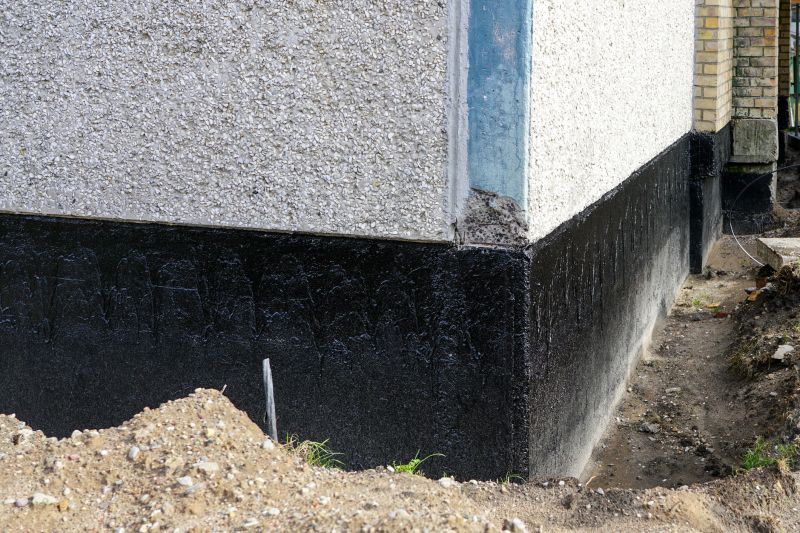
Rough timing from prep to clean-up for Waterproofings.

Quick checks and paperwork to keep after Waterproofings.
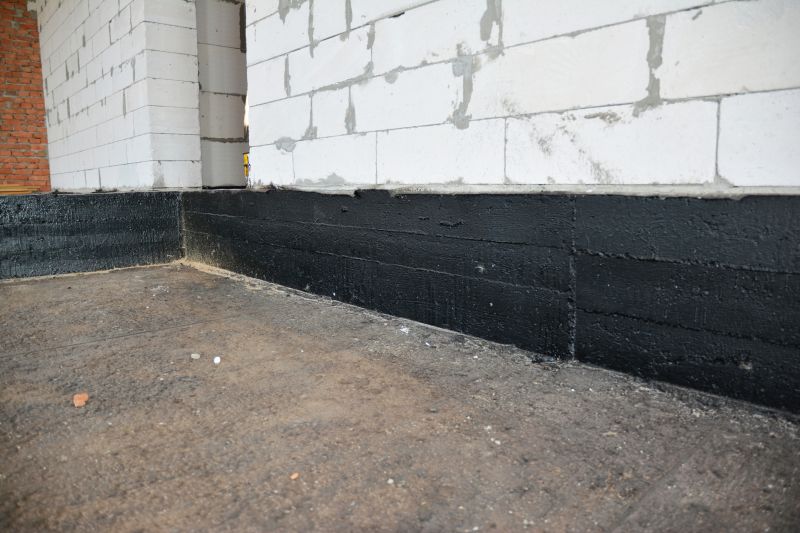
Examples that show the impact a good Waterproofings can make.
Interested property owners or contractors in Saint Peters, MO, can consider scheduling waterproofing projects during the recommended seasons to maximize protection and durability. Proper timing, combined with quality materials and application techniques, ensures long-term water resistance and structural integrity.

